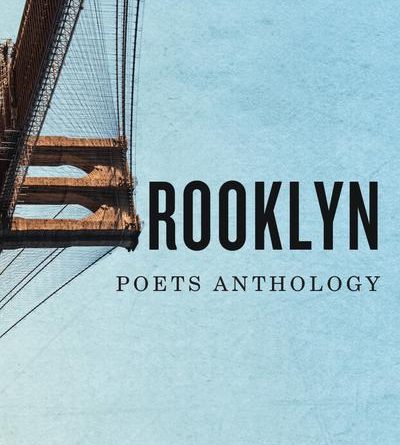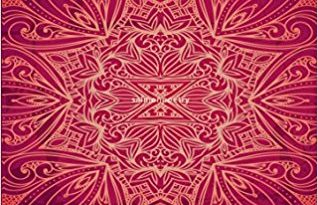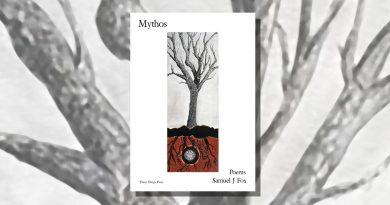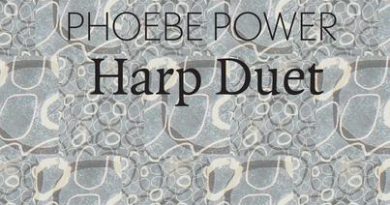Brooklyn Poets Anthology ed. by Jason Koo & Joe Pan
– Reviewed by Deirdre Hines –
Few anthologies deliver on their promise to reflect diversity. Fewer still offer their readers such an array of perspectives, form and sense of identity in one volume. The crowdfunding campaign that made the Brooklyn Poets Anthology possible has created a new channel for poetry to be returned to the people in the language that they own. Joe Pan explains in his introduction that the ‘criteria for inclusion was that a writer needed to reside in Brooklyn currently or have significant claim to the place, having been born or raised here, or having lived here for a significant time in the past.’ Of the one hundred and seventy poets featured, ninety identify as female in the small biographies that follow each poem. Patti Greenberg does not describe in terms of gender, and Charles Theonia describes as ‘a poet and teacher from Brooklyn, where they are working to externalise their interior femme landscape’. Whitman’s shadow hovers over much of the landscape of American poetry: the poet who said “I resist anything better than my own diversity’. This diversity is almost a unifying thread, connecting work by Indian, Asian, Dominican, African American, Palestinian, Russian and caucasian authors:
…. ‘Do you know this corner was named after
an American revolutionary
who killed the last remaining wolf of
Connecticut in a town named Brooklyn?..’
‘Noose York’ by Lemon Anderson….’I am possessed as in possessed by the sound of checkpoint guards whistling..’
‘Salat’ by Hala Alyan….’I say your name sixteen times when I pray..’
‘Brooklyn’ by Lonely Christopher….’I understand a smoking mattress better than the language of galaxies’
‘Of the Threads that Connect the Stars’ by Martin Espada….’ They did not take another black life
today, because this is no new day.’
‘Tomorrow’ by Joe Pan….’I wanted to disappear- so I opened the door to a stranger’s car. He was divorced….The pink
breast cancer ribbon on his key chain swayed in the ignition….’
‘On Earth We’re Briefly Gorgeous’ by Ocean Vuong
Place becomes a starting point for insurrection that begins to transcend its geographical boundaries, as in the opening lines of Martin Espada‘s ‘How We Could Have Lived or Died This Way’.:
I see the dark-skinned bodies falling in the street as their ancestors fell
before the whip and steel, the last blood pooling, the last breath spitting.
Timothy Donnelly‘s mesmeric ‘The New Intelligence’ discerns that place is fattened mind. His places are ‘the door without mystery’, ‘the room without theme’, ‘the window overlooking the garden’ and the ‘vagueness at the center’. This dissolution of place is communicated by a sparrow. The self is a place, and poets inhabit different personas and identitites in order to reach new understandings of both themselves and the societies which they inhabit. This was most brilliantly realised for me in Amber Attiya‘s ‘New York State Office of Temporary and Disability Assistance’. The poem adopts the form of a SSI/FOOD STAMPS BENEFITS APPLICATION:
Dissociative Identity Disorder
(please list the names of your
multiple identities) florence, mary & diana.
These questions are answered over and over again with “i’m hungry’, chillingly as name given and as a closing line in response to the request for signature. We, the readers, become ‘i’m hungry’, and are made all the more compassionate and human for having read this poem.
The myth of the American dream is sold in specially designed packages for the female gender. Sophie le Fraga‘s ‘Feminlist’ attempts to create a new vocabulary to counterbalance the weight of ‘man’ in the English language: the first line/word is ‘abandonwoment’, the last ‘womenu’. My favourite line/word was ‘The First Awomendment’.
Christine Gardiner‘s ‘American Dreams’ uses characters from fairytales to wake her from her somnambulism:
………..The sunrise
luminscent as motor oil
floating in the gutter water….
Candace Williams explores how minorities intersect with the dominant culture, in ‘Crown Heights’, remembering that place’s hidden history:
…… She walks the ghost perimeter
of Crow Hill Castle-named after murders
of crows that flocked to trees atop the hill:
of darkies lined on the hill like crows;
or the louring inmates dressed in crow black.
T’ai Freedom Ford has her own take on Keat’s infamous ‘Ode to a Grecian Urn’, in ‘Ode to an African Urn’, with lines like ‘what’s suspect? Brown skin? Hooded drape?’. The body politic is ever present, most movingly in Cathy Linh Che‘s ‘Pecha Kucha’, in which she states:
…In a family of men, only one
has not threatened, choked,
or molested me in a bathroom…
These places are not quite the ‘blissful plateaued heterotopias’ that Lynne De-Silva–Johnson asserts they are in her transformative ‘Movement(s)’. This anthology redresses the balance, committed to parity of esteem.
Yet sometimes we go to poetry for tonal beauty. For Bach. Nowhere is this more acoustically present than in V. Penelope Pelizzon‘s ‘Barchan’:
..When the wind is right
if you climb along the barchan’s crest,
your steps shiver and send..
This anthology plays chords that will continue to appeal to all the possible selves of our collective futures.





